Indigenous voices hit a powerful note in awe-inspiring Venice space
'Re-Stor(y)ing Oceania' sees artists Latai Taumoepeau and Elisapeta Hinemoa Heta consider issues around deep-sea mining
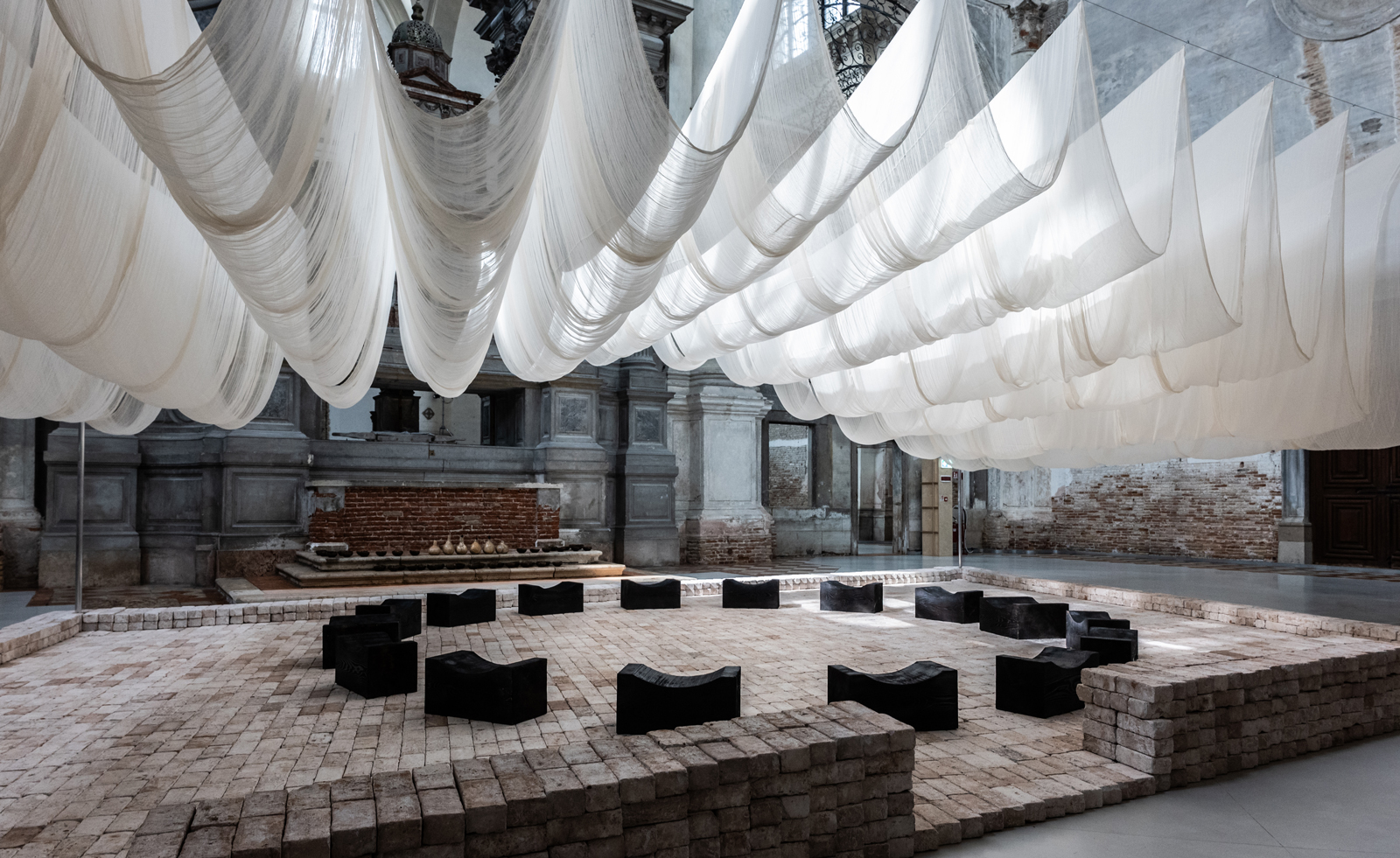
Chiesa di San Lorenzo, the home of Ocean Space, TBA21’s Venetian space for exploring issues of the ocean through culture, is not small. It is the kind of vertigo-inducing space that an artist such as Hirst, Kapoor or Gormley may be tempted to fill with an enormous, expensive art object to match the awe of the space with the sublime of sculpture.
Latai Taumoepeau and Elisapeta Hinemoa Heta did not get drawn into such presumptuous and clichéd art games, instead creating two delicate and poetic interventions either side of the 9th century deconsecrated church’s central altar. Many visitors who climb the six shallow steps from Campo San Lorenzo, through a modest door, and into the vaulted space may be forgiven for not even noticing the art installations – both only fully coming to live when activated through ritual performance and conversation taking place over coming months.
The shared offer, Re-Stor(y)ing Oceania, is curated by the winner of 2024’s Artes Mundi prize, artist Taloi Havini, who invited Taumoepeau and Heta to each create a project to platform Indigenous voices and concerns around deep-sea mining. With some understanding of the space having made a sound installation for the 2021 Architecture Biennale, Havini felt that inviting Heta – a Māori architect – to create a space for conversation, dialogue, and sharing at the Art Biennale it would create a connection between disciplines. “As indigenous people, we don't separate art, life, and architecture,” Havini explained, while sitting within Heta’s symbolic and poetic installation, The Body of Wainuiātea.
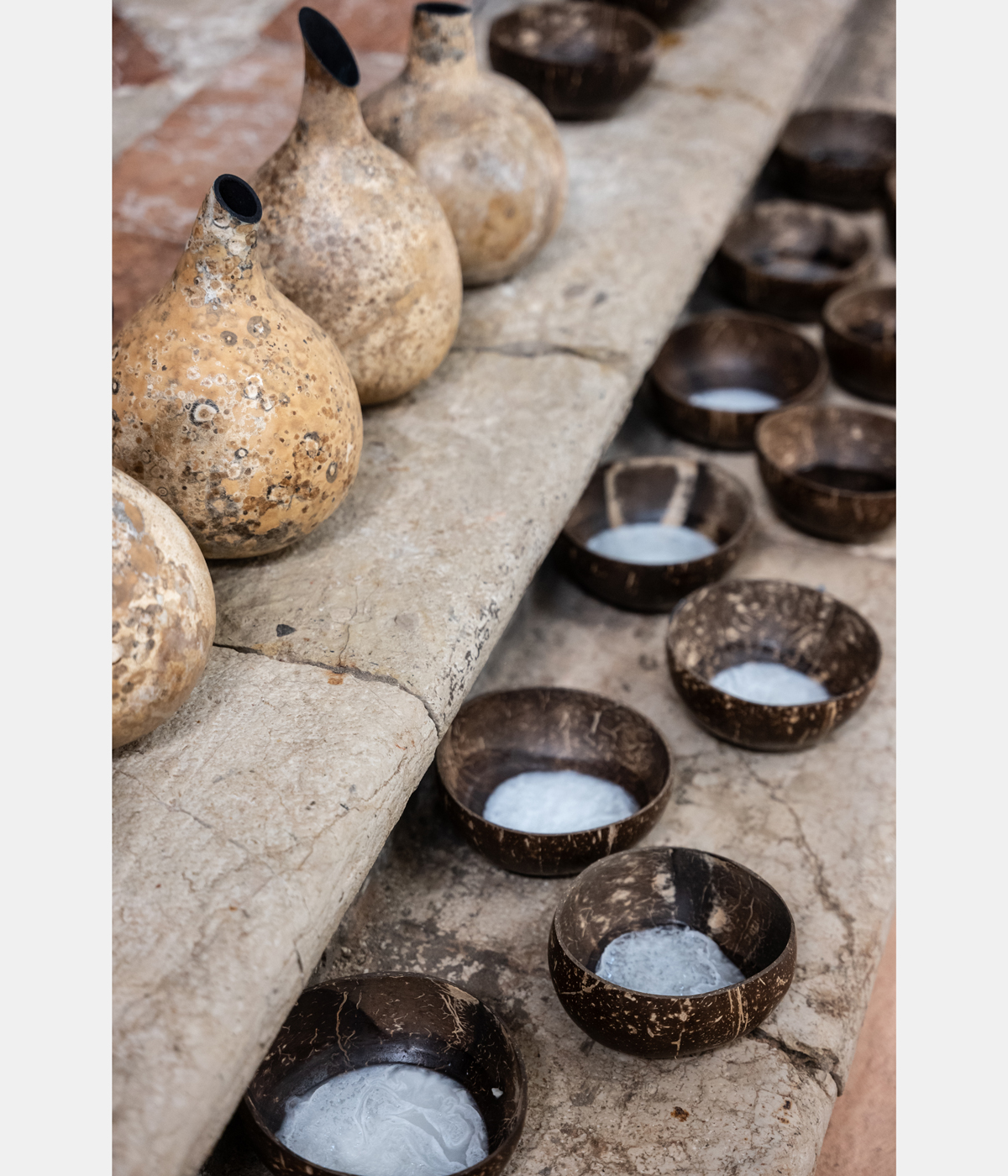
Elisapeta Hinemoa Heta, “The Body of Wainuiātea”, 2024. Exhibition view of “Re-Stor(y)ing Oceania”, Ocean Space, Venice
Bricks are laid on the floor with a low bounding wall. They sit against one another slightly off-grid, and the whole installation is positioned a few degrees from the plan geometry of the church in a subtle move to create a space of othering, separation, and as a gentle push against patriarchal, dominant forces that shape the world around. Sixteen solid, charred wood seats are arranged in a perfect circle as a space of conversation.
The conversations that take place here relate to the impacts of deep-sea mining in the Pacific islands, a legacy of colonisation directly fuelling both modern-day climate change and local environmental crises. “Having come from an island with land-based mining,” Havini says, “it's not as simple as just going in and pulling it out, it actually impacts fresh water rivers and results in the dumping toxic waste into the ocean.” Heta’s installation, which she considers less an artwork and more of a campaign, provides a platform for nuanced discussion around local experiences of extraction – both in the Pacifics and Global South, and in Venice and the Global North.
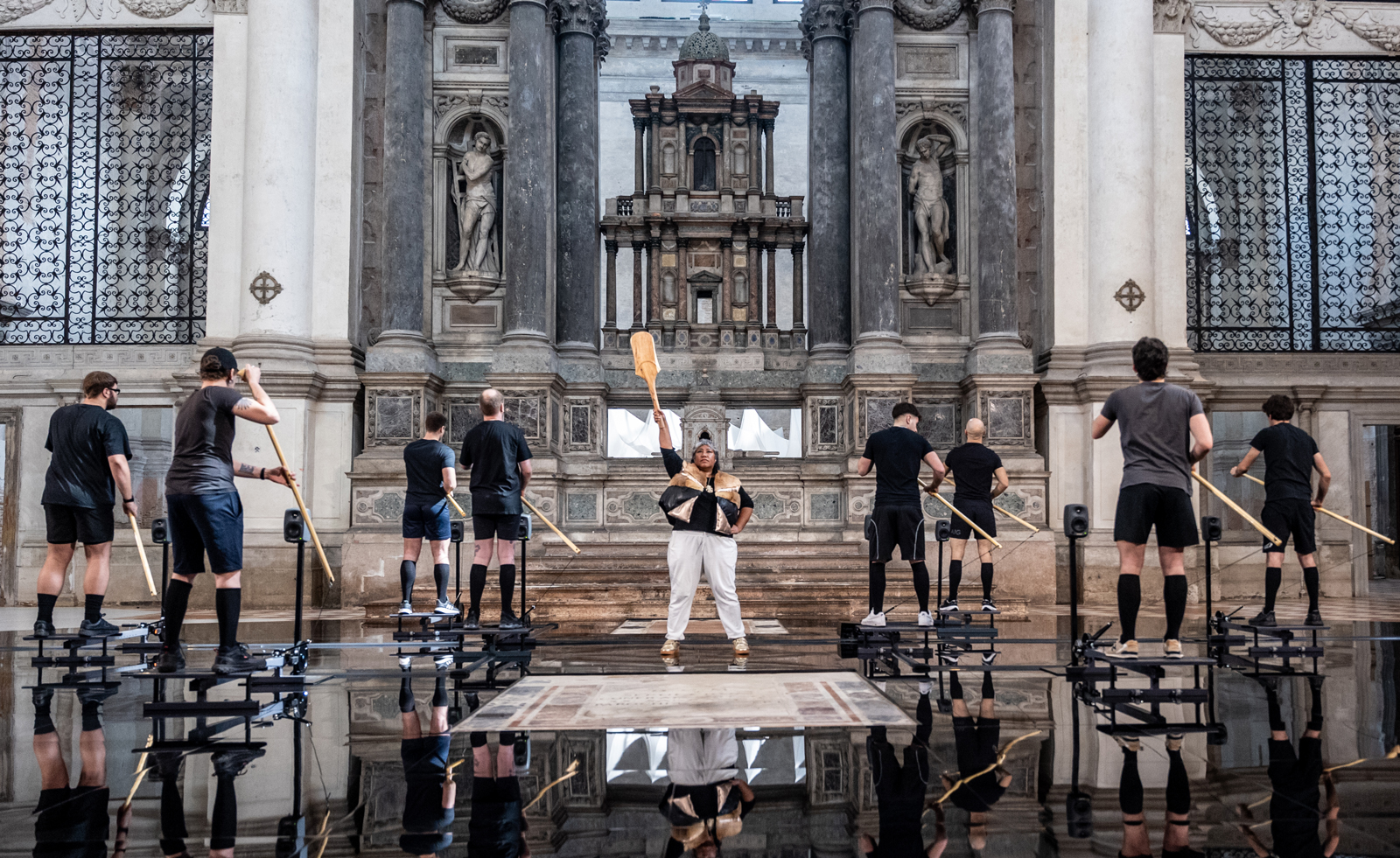
Latai Taumoepeau, “Deep Communion sung in minor (ArchipelaGO, THIS IS NOT A DRILL)”, 2024. Exhibition view of “Re-Stor(y)ing Oceania”
This interrelation is poetically carried through with Taumoepeau’s performance work the other side of the church’s central altar. Eight rowing machines sit on a black, reflective floor – but these are not the kind of machines you would recognise from your gym, but ones made for Pacific paddle rowing, a vertical action not unlike that of gondoliers. Standing paddling is also used in the Pacific Islands for a ritualistic ceremony, the Me’etu’upaki, which Taumoepeau says is performed at important moments: “in preparation for voyage across the ocean, times of harvest, these kinds of big religious ceremonies that existed before Christianity.”
Here the paddle machines are activated by various Venetian communities the artist has spent time with, including basketball teams, rowing clubs, contemporary performers – a mix of the various communities who live, work, and create culture in the city outside of tourism and Biennales. The fifteen-minute ceremony, overseen by the artist calling and whistling, is an invocation for guidance, with one community group beginning the paddling then one-by-one passing over to the next as they tire. Their paddling empowers a 16-channel choral sound installation filling the air: “It’s the youth choir in my village – they don't really know anything about what this is, but we are creating a space for people to channel their voice, literally bringing that voice into our senses.”
Wallpaper* Newsletter
Receive our daily digest of inspiration, escapism and design stories from around the world direct to your inbox.
The ceremony is intergenerational with older communities passing paddles to younger, but it is also intercultural. Taumoepeau speaks of spending time with Venetian youth groups who speak of their concerns of the health of the lagoon and community, challenges shared in the Pacific Island. Extraction in the Pacific may be one of lithium mining, while in Venice it is an extraction of place, culture, and identity through mass-tourism, but there are shared social and environmental impacts that can be aired and understood in a space such as Havini has curated.
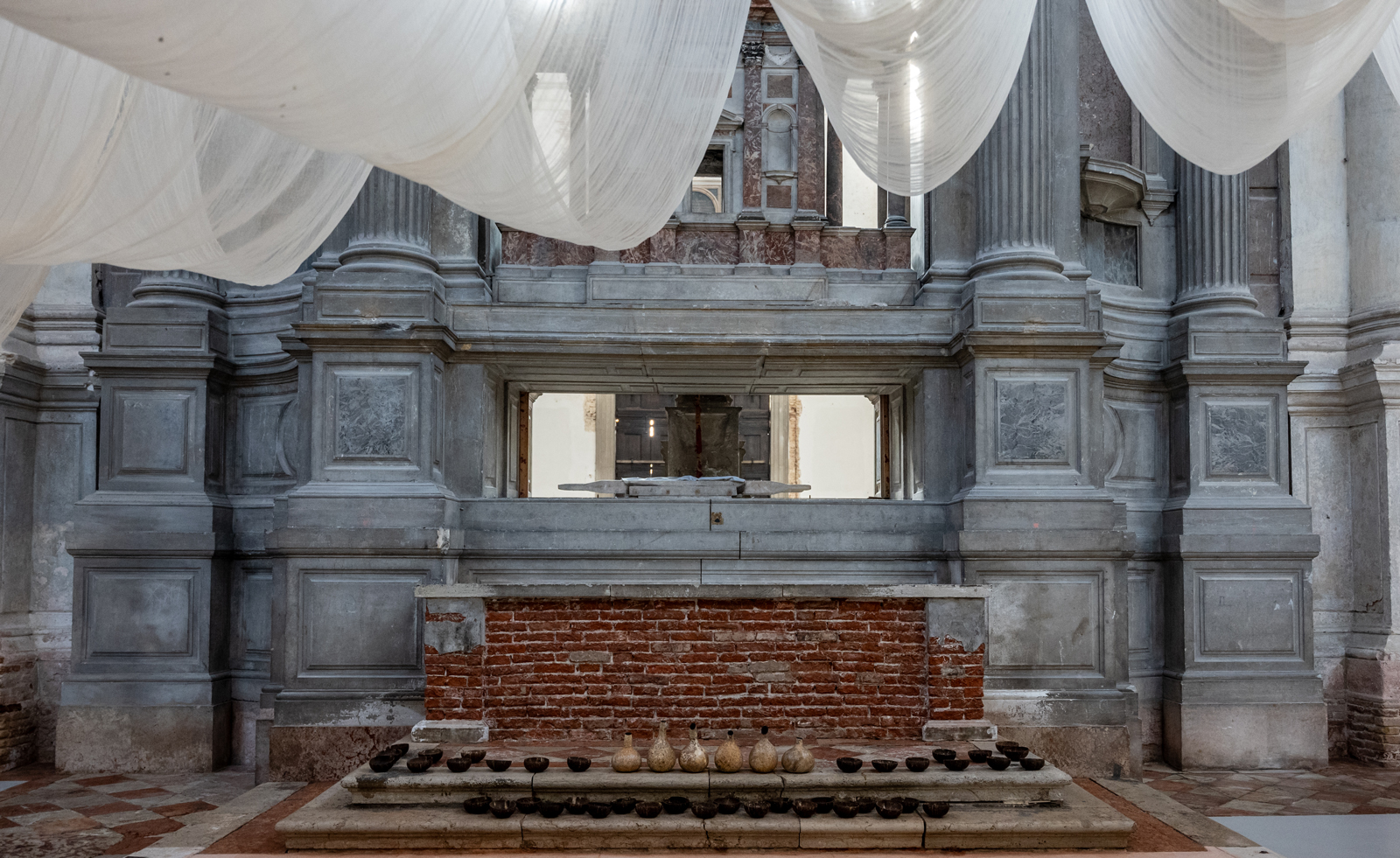
Elisapeta Hinemoa Heta, “The Body of Wainuiātea”, 2024. Exhibition view of “Re-Stor(y)ing Oceania”, Ocean Space, Venice
It lands gently. Taumoepeau’s black floor reflects the historic ceiling and has holes cut into it to reveal tombs underneath, while Heta softly compresses the space through a ceiling of twelve loosely slung fabric ripples honouring the sky and twelve levels of heavens. Extraction is an invisible process, whether under-water, through digital finance, or a slow decrement of culture through mass-tourism. These symbolic projects allow space to make visible shared concerns and celebrate the voice – in song and word – as the vehicle for knowledge. It is as far from the enormous, expensive art object bling one may expect in such a Venetian space at Biennale, and all the more powerful for it.
TBA21–Academy's Re-Stor(y)ing Oceania at Ocean Space in Venice until October 13 2024
Will Jennings is a writer, educator and artist based in London and is a regular contributor to Wallpaper*. Will is interested in how arts and architectures intersect and is editor of online arts and architecture writing platform recessed.space and director of the charity Hypha Studios, as well as a member of the Association of International Art Critics.
-
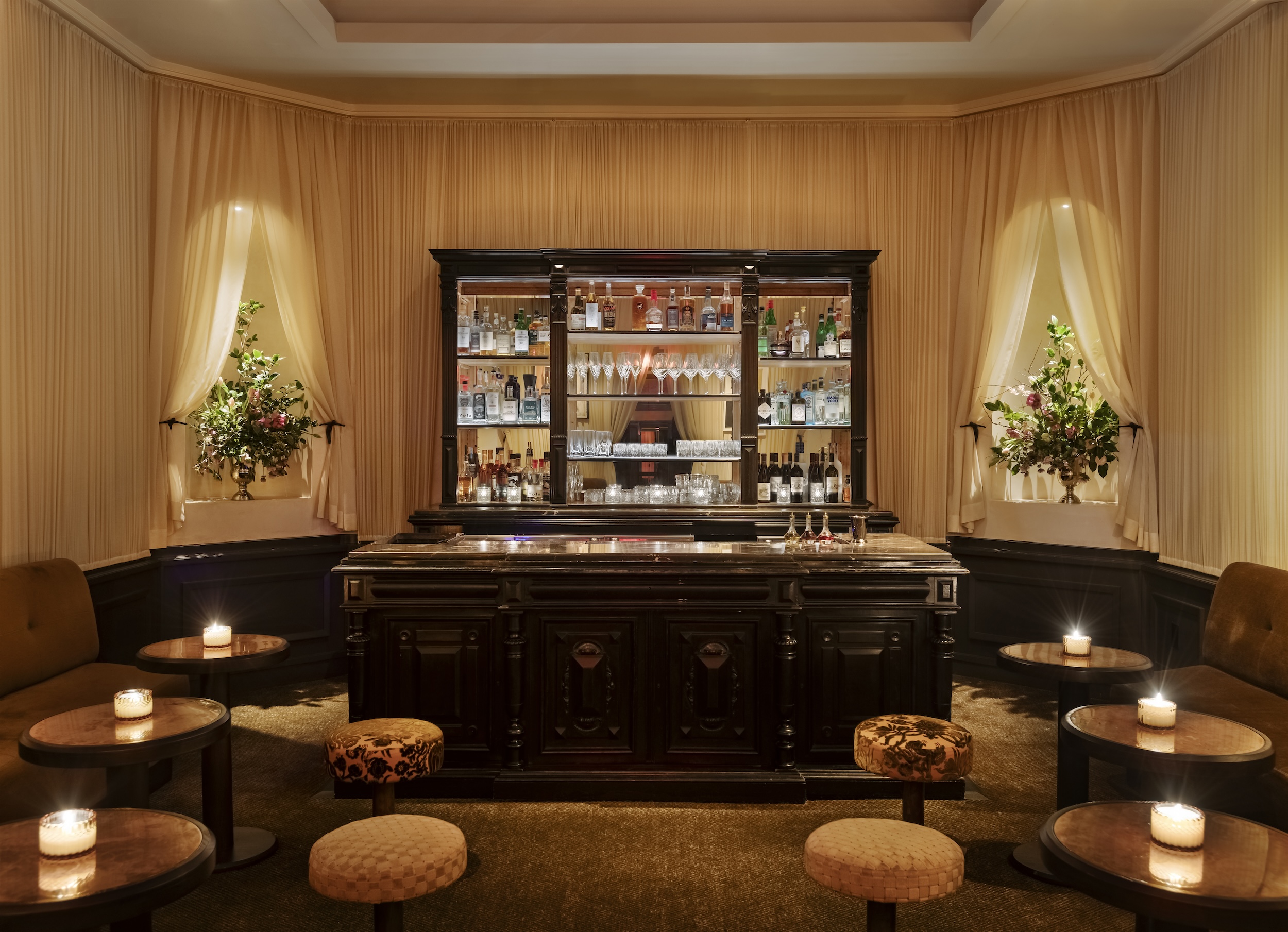 At this secret NYC hangout, the drinks are strong and the vibes are stronger
At this secret NYC hangout, the drinks are strong and the vibes are strongerFor People's bar, Workstead serves up a good time
By Anna Fixsen
-
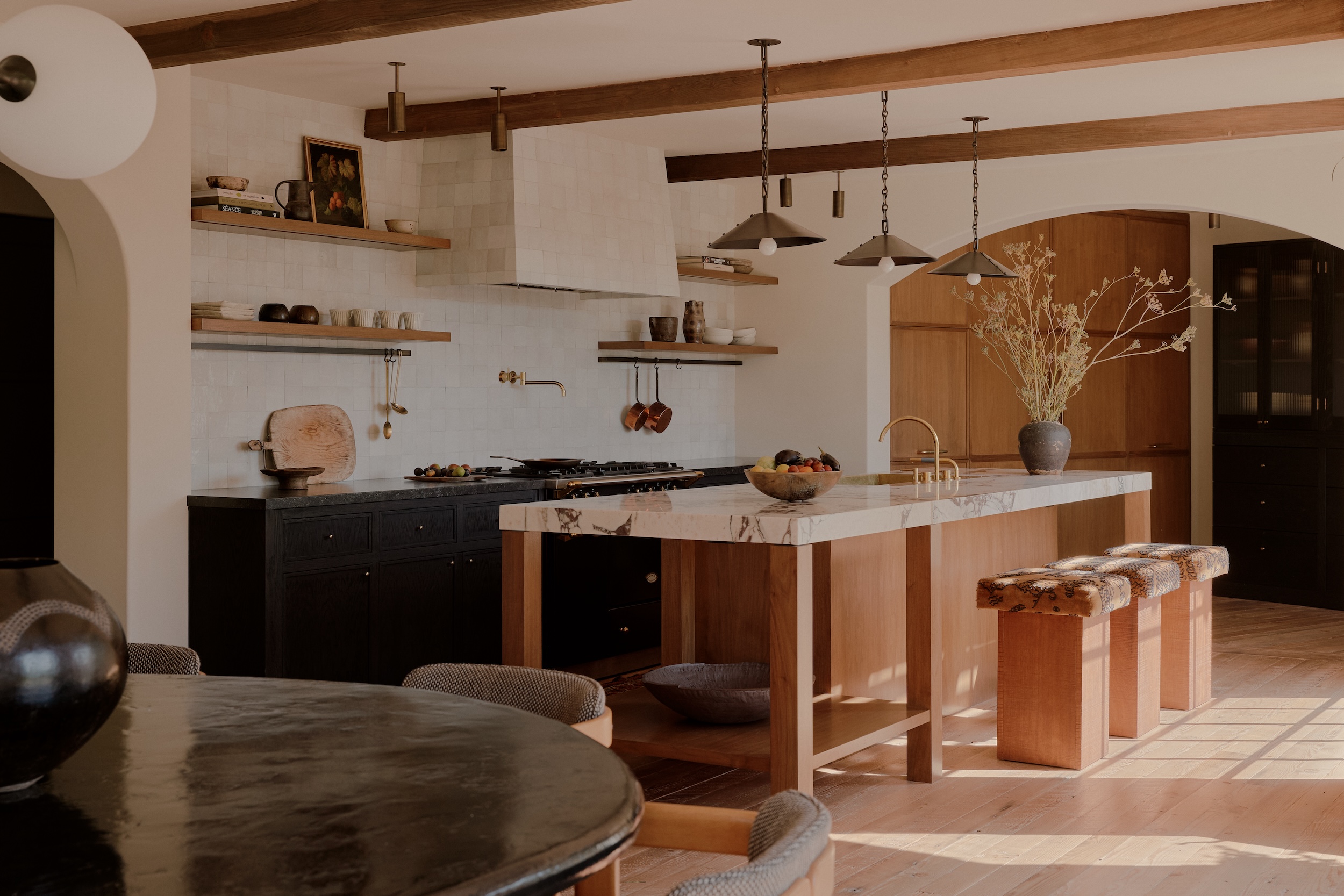 ‘Fall Guy’ director David Leitch takes us inside his breathtaking Los Angeles home
‘Fall Guy’ director David Leitch takes us inside his breathtaking Los Angeles homeFor movie power couple David Leitch and Kelly McCormick, interior designer Vanessa Alexander crafts a home with the ultimate Hollywood ending
By Anna Fixsen
-
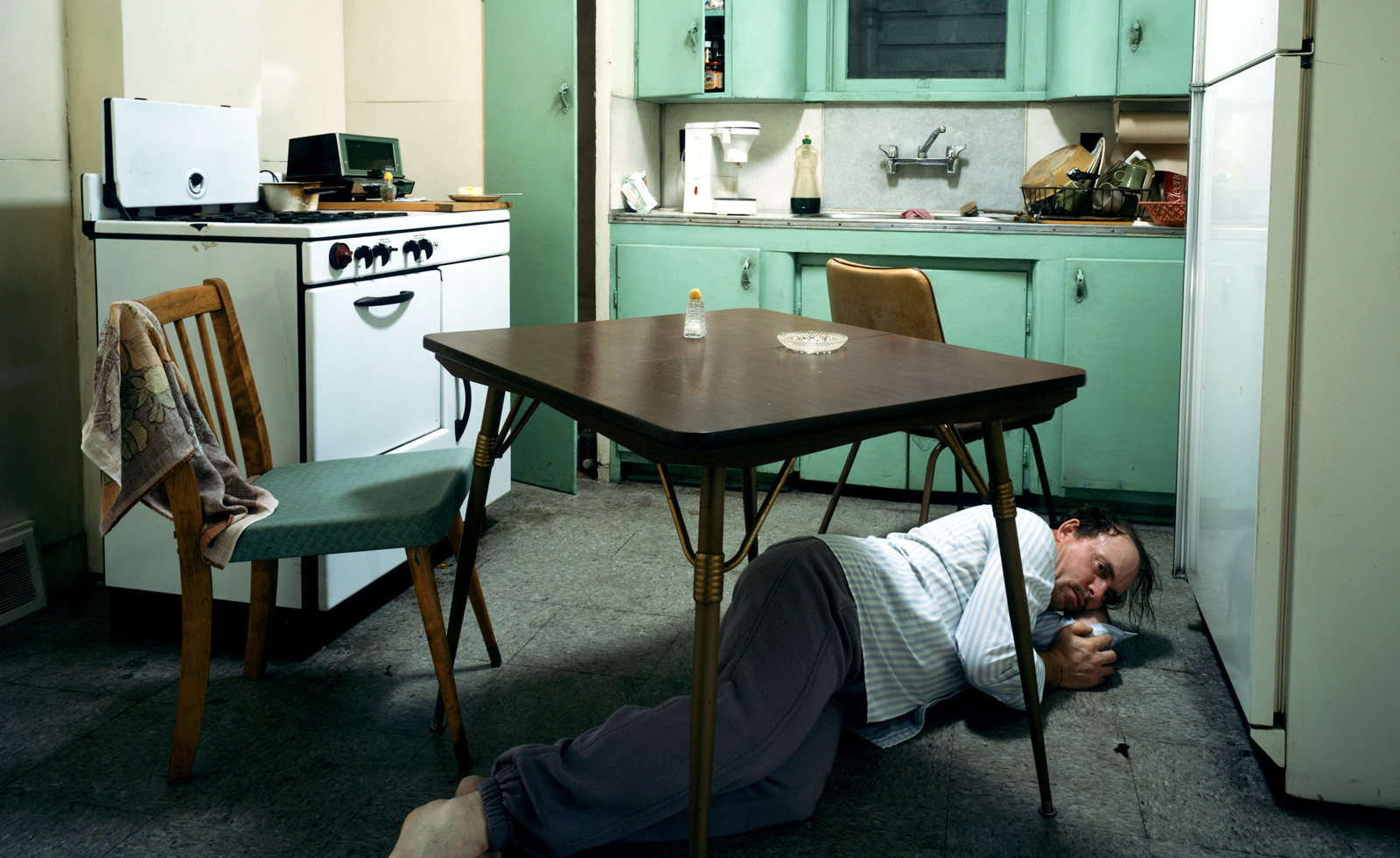 Real or imaginary? Step inside the alternate world of Jeff Wall's photographs
Real or imaginary? Step inside the alternate world of Jeff Wall's photographsJeff Wall's major show at MAAT in Portugal dives into four decades of the photographer's career
By Emily Steer